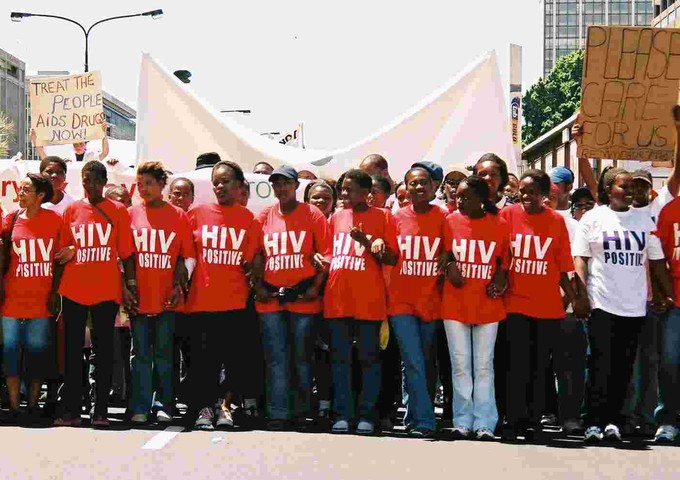
Life expectancy is increasing in South Africa. The number of new HIV infections per year is declining but is still very high.
26 August 2016
Just under 150,000 people are expected to die of Aids in South Africa this year, about a quarter of all deaths. As of mid-2015 about 3.4 million people were on antiretroviral treatment, and life-expectancy continues to rise, but at approximately 63 years in 2016 it is still considerably lower than the world average of over 71 years.
About 7.1 million people live with HIV, about 13% of the nearly 56 million South Africans. KZN has the most number of infections at over 1.9 million, and the highest prevalence: 18%. Mpumalanga is next at 15%, while about 12% to 14% of people in Gauteng, Free State, North West and Eastern Cape have HIV.
These statistics were published this week by UCT researchers Leigh Johnson, Rob Dorrington and Haroon Moolla. A new version of the Thembisa mathematical model, arguably the most reliable of those that analyse the South African HIV epidemic, was made available on Wednesday at www.thembisa.org.
For data fundis, the spreadsheets on the website offer a treasure trove of information. The numbers above are a tiny fraction of what’s available.
The model’s estimates are calculated using a multitude of studies on HIV and the South African population. The estimates up to 2012 and 2013 are matched — calibrated is the more accurate but technical term — against the annual HIV surveys of pregnant women conducted by the Department of Health and the household surveys carried out every few years by the Human Sciences Research Council.
The researchers have a reputation for being meticulous and a track record of producing models that closely match data from surveys. In a study published last year that compared the leading mathematical models to actual data, one of Johnson’s models generally outperformed the competition, making estimates that were for the most part close to survey data. The Thembisa model is based on this one.
Though the researchers have a track record of reliable estimates, mathematical models cannot take into account every last ebb and flow of how the world works. They are simplifications of reality that give us a useful idea of what’s going on. So for example, one of the spreadsheets calculates that 7,104,796 people had HIV as of mid-2016. It would be a mistake for a reporter to write, “There are 7,104,796 people with HIV”. That would be using false precision; we cannot know exactly how many people live with HIV at any point in time. Better to write: “Researchers estimate that about 7.1 million people live with HIV in 2016”.
The estimate of about 7.1 million people living with HIV is quite precise; it’s unlikely to be much lower or higher than that. However, the estimate that 3.8 million people are on antiretroviral treatment in 2016 is less precise (which is why I’ve used the 2015 estimate in the first paragraph). The real number of people on treatment could be quite a bit higher or lower than that. Scientists use confidence intervals to show the range in which the real number is likely to be. Some of these confidence intervals have not yet been published in the new version of Thembisa, but the lead researcher, Johnson, says they will be published soon.
Although the number of HIV infections and Aids deaths remains very high, the model confirms that we are slowly becoming healthier. Life expectancy is increasing — it was about 54 years in the mid-2000s — and the number of annual Aids deaths is declining.
In 2004 over 45,000 babies were born with HIV. This has declined to nearly 6,000, thanks to the mother-to-child transmission prevention programme. The number of new infections (adults and children) each year is coming down, but at about 270,000 this year (well over 700 per day on average), it remains far too high.
Next month public health facilities will start offering antiretrovirals to everyone with HIV when they are diagnosed, irrespective of how advanced their disease is. It’s hoped that besides improving the health of people with HIV, this will go some way towards reducing new infections because people on treatment whose virus is no longer detectable cannot transmit HIV. The success of that effort will depend on how many people with HIV can be reached.